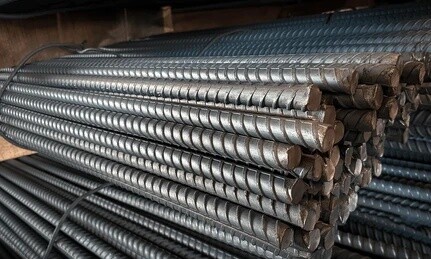
In 2025, the global construction industry continues to evolve. As a key material for building skeletons, the foreign trade market for steel bars is undergoing profound changes. From the booming of emerging markets to the new trends in traditional trade barriers, each link is closely related to the practitioners.
The infrastructure boom in emerging economies is surging, and the demand gap is leading to business opportunities
Emerging economies in Asia, Africa and other places are advancing infrastructure construction at an unprecedented pace. Take India as an example. Its government has invested heavily in transportation, energy and other fields to build a modern national framework. According to data from the Indian Construction Association, India's road construction alone is expected to increase demand for more than 5 million tons of steel bars in the next five years. Similarly, the African Union's "Agenda 2063" plans large-scale urban development and public utility projects. Many countries such as Ethiopia and Kenya continue to rely on imported steel bars. Import dependence continues to rise, opening up a broad space for exporting countries. China, Turkey and other major steel bar producing countries have seized market share with mature technology and scale advantages, and have shortened the delivery cycle to 30-45 days by optimizing logistics routes to meet local rapid construction needs.
European and American markets: green standards reshape the entry threshold
Developed countries in Europe and the United States hold high the banner of green environmental protection in the construction field, and the sustainability indicators of steel products are increasingly stringent. The European Union's newly revised building materials regulations require that, from 2025, steel bars entering the market must have at least 30% recycled materials and reduce their life-cycle carbon footprint by 20%. This has prompted export enterprises to accelerate technological innovation, such as the use of electric arc furnace short-process steelmaking process, the use of scrap metal to produce high-quality steel bars, some Nordic enterprises have achieved recycled steel strength and the same as the original product, export volume increased by 15%. At the same time, although the Biden administration's "Rebuild a better future" plan stimulates local demand, the "Buy American" clause sets high tariff barriers, and exporters of non-North American Free Trade Agreement countries on the one hand avoid tariffs by setting up factories in the United States to achieve localized production, and on the other hand, lobby together with industry associations for mutual recognition of standards to maintain market share.
Digital supply chain: the new core of foreign trade competitiveness
After the haze of the epidemic has dissipated, the construction of global supply chain resilience has become the focus of the industry. Steel bar foreign trade enterprises with the help of digital means to achieve curve overtaking. Posco has built an intelligent warehousing and logistics system that connects with the data of ports and shipping companies to track the dynamics of goods in real time, increase the efficiency of export order processing by 40%, and deliver goods on time by 98%. China's head steel exporters use blockchain technology to build a product traceability platform, from iron ore procurement, production and processing to transportation links of the whole information chain, European and American customers can scan the code to obtain detailed quality reports, enhance product trust, and increase bargaining power in the high-end market by 10%-15%.
Exchange rate fluctuation and raw material game: the battle of profit protection
Recently, the volatility of the global exchange rate market has intensified, and the exchange rates of major settlement currencies such as the US dollar and the euro have fluctuated frequently and sharply. For Japanese and South Korean steel bar enterprises that settle exports in yen and won, the depreciation of the yen is conducive to the competitiveness of export quotations in the short term, but the cost of imported iron ore has soared, and profit margins have been squeezed in both directions. Enterprises have adopted financial derivatives hedging to lock in exchange rate and raw material price risks, and some enterprises have made up 80% of the cost losses from hedging profits. At the same time, the procurement strategy was optimized, and long-term agreements were signed with iron ore suppliers such as Australia and Brazil to bind prices to ensure that costs were controllable and steady in the market ups and downs.
At present, there are abundant opportunities in the field of steel bar foreign trade but hidden reefs, only those who follow the global trend, refine technology and skillfully control market variables can sail in the international business sea and continue to write a brilliant chapter of steel bar trade.
Please give us a message
